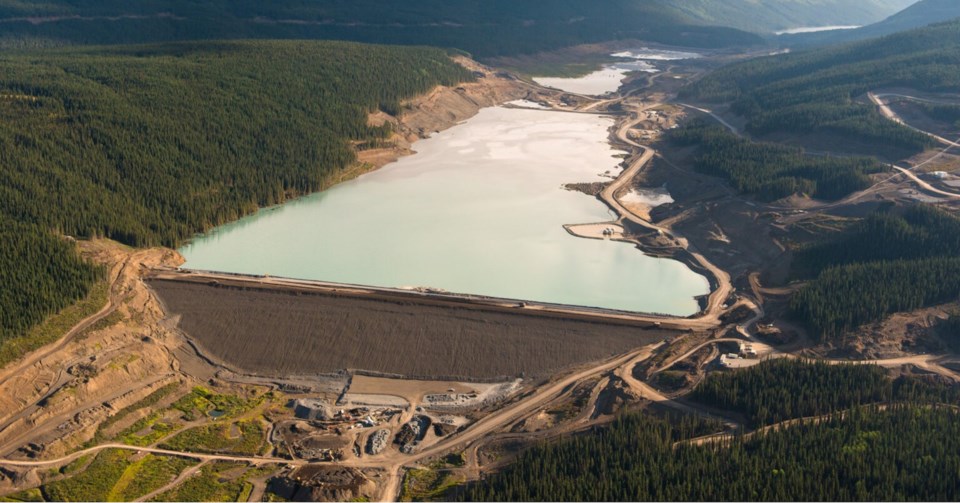Two years after the international mining industry convened to set on standards how to prevent catastrophic failures of tailings dams, critics contend these collapses are still happening.
In their document, Safety First: Guidelines for Responsible Mine Tailing Management, MiningWatch Canada and Earthworks have released an updated set of guidelines and recommendations, from their initial recommendations from 2020, for improving the management of mining waste disposal facilities, known as tailings dams.
While the big mining companies made a commitment in 2020 to follow their Global Industry Standard on Tailings Management, the MiningWatch Canada and Earthworks said in a news release it’s “unclear what progress has been made.”
Tailings dam continue to fail or pose a substantial risk. Since November 2021, the groups record at least 10 tailings failures, leaks or overflows, resulting in deaths, contaminated rivers and ecosystems, with heavy remediation costs for the mining companies.
Sign up for the Sudbury Mining Solutions weekly newsletter here.
MiningWatch Canada and Earthworks maintain now, as they did two years ago, that the current government and industry to manage and permit tailings dams do not go far enough to protect communities and ecosystems from dam failures, though they do recognize it was an “important first step” for industry.
Among their guidelines in their document, the groups maintain the design, construction, operation and closure of these facilities require “significant changes.”
There must be a “culture of safety and responsibility” at the highest levels of a corporation. Boards of directions must be held accountable and bear the responsibility for the consequences of dam failures.
“It is clear that much more stringent oversight of the mining industry is urgently needed,” said Andrew Hopkins, emeritus professor at the Australian National University, in a statement. “Investors and regulators need to hold top executives personally accountable for the damage and suffering caused by their corporations.”
Want to read more stories about business in the North? Subscribe to our newsletter.
Companies must demonstrate they have the necessary financial assurance and adequate public liability insurance to cover the full costs of all failures, including catastrophic failures.
Public safety must be paramount. The best available technologies and practices must be adopted to reduce the chances of failures. The dams must be designed to withstand the most extreme theoretical weather and seismic events at a given location.
In their updated document, MiningWatch Canada and Earthworks delivered an expanded definition when it comes community consent.
Prior to permit approval, mining companies must demonstrate the meaningful engagement, participation and consent of impacted communities located near any tailings facilities, including giving them to right to say ‘no’ to these disposal sites.
They ask that dams not be built close to communities or up-gradient from mining infrastructure where works are likely to be present. And tailings must never be discharged into a body of water.
These facilities must monitored and maintained “in perpetuity” until there is no credible failure possibility.
The safest tailings facility, the groups say, is “one that is not built” and that the creation of permanent surface tailings facility “should be the last resort.”
But trends suggest a two to ten-fold increase for demand for mineral commodities by 2060, particularly those needed for energy transition technologies.
“These trends are not sustainable,” the groups said.
To transition away from fossil fuels in a sustainable way, there needs to be reduction in new mining and the amount of waste produced. If there are new mines, the best standards and practices must be adhered to and companies must find ways to reduce the volume of tailings produced.




